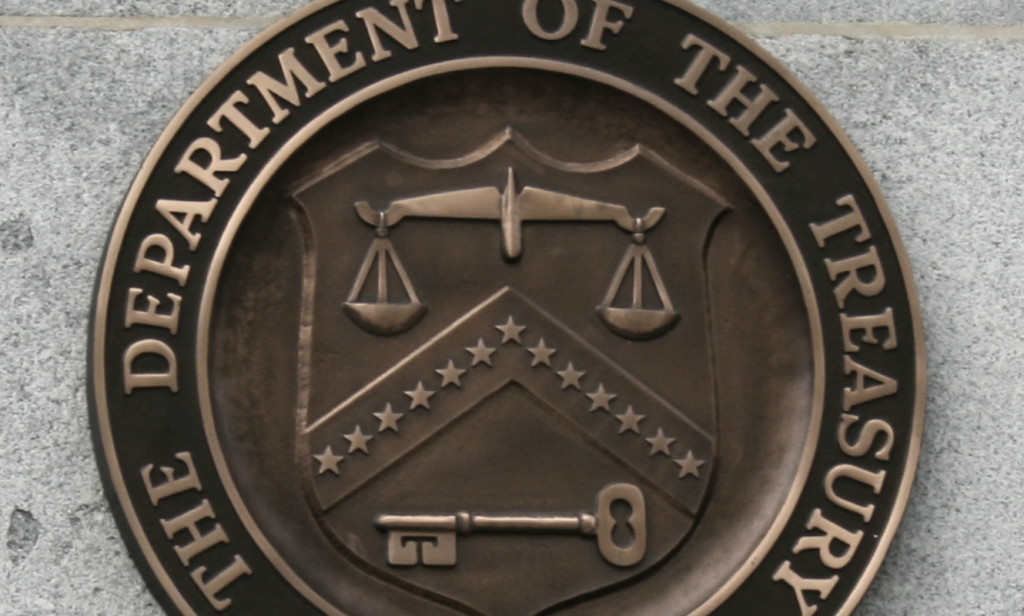Time for Washington to Amp up the Power to Coerce

For the United States, the mounting costs and risks of waging war are increasing the importance of its ability to thwart hostile states without attacking them — what we call the “power to coerce.” Meanwhile, globalization of trade, investment, banking, information, media and energy is expanding the options for U.S. power to coerce, especially against nation states that depend on access to these global markets and systems — such as Russia, Iran and China. For its part, the United States is comparatively, though not entirely, invulnerable to coercion, giving it an asymmetric advantage that it could more fully exploit. Unlike “soft power,” which is meant to cause other nations to like us more, or be more like us, the power to coerce can work against aggressors. While it cannot always substitute for hard military force, the power to coerce can raise the threshold for war as a last resort. The term power to coerce describes techniques that not only have the potential to avoid the use of military force and other existing forms of deterrence, but also to stop, reverse or at least punish transgressions short of force. Developments in recent years, regarding Iran, Russia, Arab dictatorships and others, illuminate both the utility and the limits of the power to coerce.
Among the most promising U.S. options in this area are financial sanctions, support for nonviolent political opposition to autocratic regimes and offensive cyber operations. Cutting off access to the global inter-banking network can visit severe and radiating economic pain, and can be calibrated according to the target’s response. Since 2001, with al-Qaeda initially in its crosshairs, the U.S. government has honed its ability to find, track, disrupt and seize financial assets and flows, and to enlist the participation of key states with major banks — which is all it takes to succeed. U.S.-led denial of access to finance and capital markets has become a coercive strategy of choice and seems to have contained Russian intervention in Ukraine and forced Iran to accept limits on its nuclear weapons program.
Support for pro-democracy opposition can also be very threatening to hostile regimes and thus offer strong coercive potential. Social networking and global media can help domestic movements and facilitate external support. At the same time, political upheaval may end not in peaceful transformation, but in crackdown or chaos. Authoritarian reaction, oppression, violent extremism and civil war have occurred, suggesting that support for pro-democracy opposition should be attempted judiciously. In every case, the United States must decide whether its goal is to coerce or topple the target regime.
Offensive cyber operations are also a high-return/high-risk option. Skillfully targeted, they can disturb the functioning and confidence of states and markets, and thus have coercive utility. However, the risks and costs of collateral damage, retaliation and escalation are considerable, especially if the target country is itself a cyberwar power, as China and Russia are. Given its own vulnerabilities, the United States might wish to raise, not lower, the threshold for cyberwar. Indeed, if the United States comes to regard cyberwar as an act of war, its coercive value would be negated.
In addition to these instruments, the United States could develop the ability to foil the manipulation of energy supplies for purposes of coercion by the likes of Russia and Iran. In particular, a large position for the United States in global oil and liquefied natural gas markets would render less effective Russian threats to cut off supplies. Thus, although the United States would maintain its traditional opposition to the use of energy access as a weapon, it may now find itself with the means to back its position.
The state against which coercion is most difficult and risky is China — the state that also poses the strongest challenge to the U.S. military options. China seems at present to be politically resilient, plays a critical role in world trade and finance and has its own coercive options — with its cyber capabilities and holdings of U.S. debt. Russia, Iran and other states less robust than China are more efficacious targets for coercive power. At the other extreme, as the case of North Korea suggests, coercion may not be effective against regimes that are isolated and indifferent to the hardships of their populations.
The United States can and should improve its coercive capabilities. The Treasury Department and intelligence community should continue to sharpen tools for constricting financial access and flows, and for isolating recalcitrant states and banks that do business with them. The State Department and intelligence community should refine their methods to support nonviolent democratic opponents in hostile and repressive states and to assess, case by case, the risks and benefits of using these methods. Just as authorities, responsibilities and command chains are delineated for hard power, so should they be for coercion. More generally, the U.S. government should start preparing systematically for the use of coercion as it does for military warfare, including analyzing options, assessing requirements and capabilities, conducting war games to refine these capabilities and planning with allies.
David Gompert, former principal deputy director of National Intelligence, is an adjunct senior fellow at the nonprofit, nonpartisan RAND Corporation and distinguished visiting professor for national security studies at the United States Naval Academy. Hans Binnendijk is a senior fellow at the Center for Transatlantic Relations at SAIS and an adjunct political scientist at RAND.
Photo credit: woodleywonderworks (adapted by WOTR)

